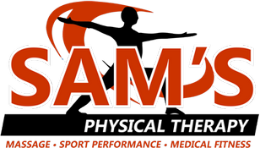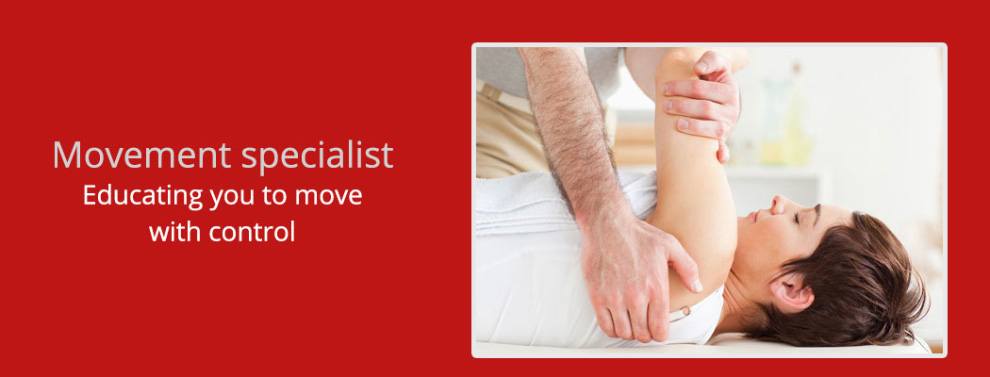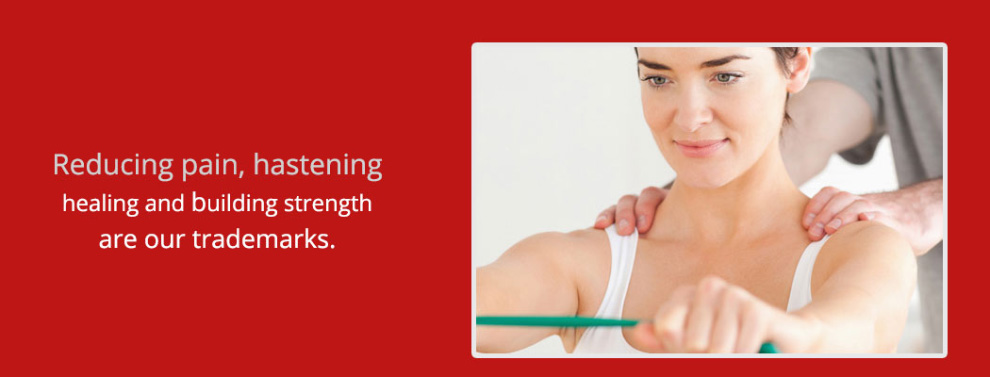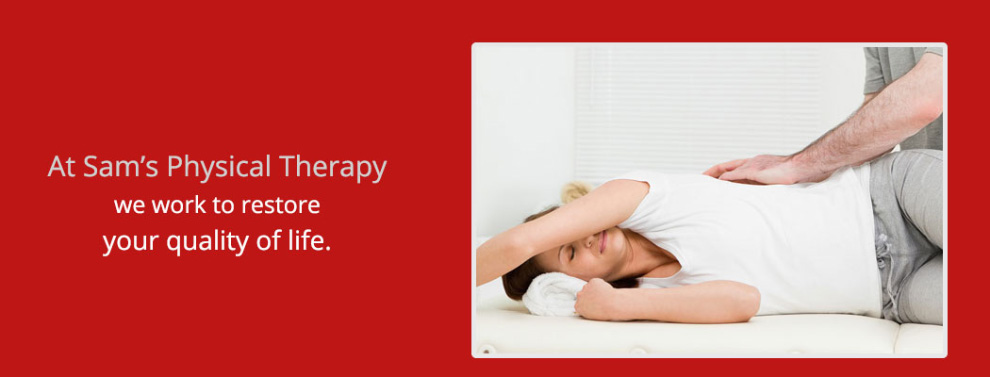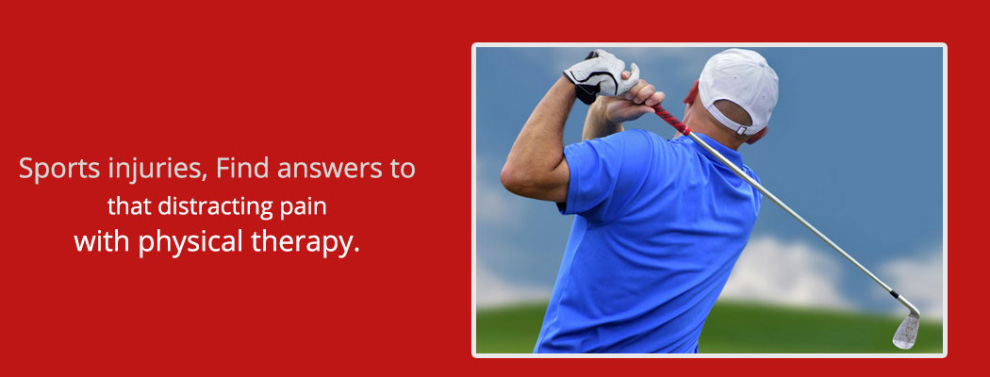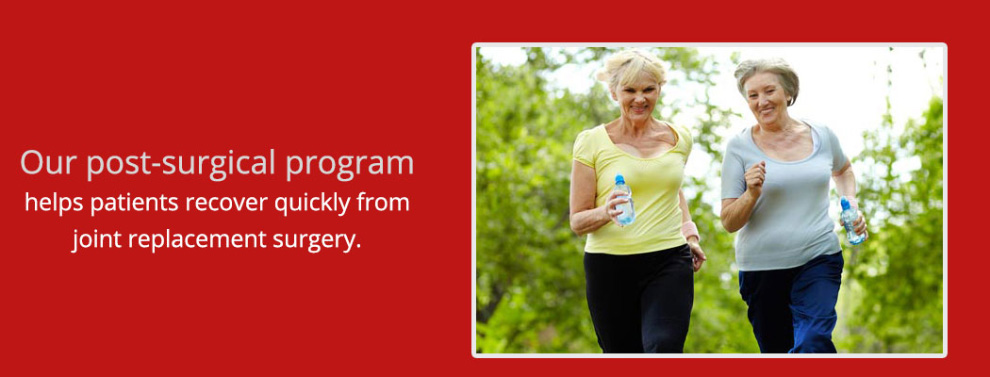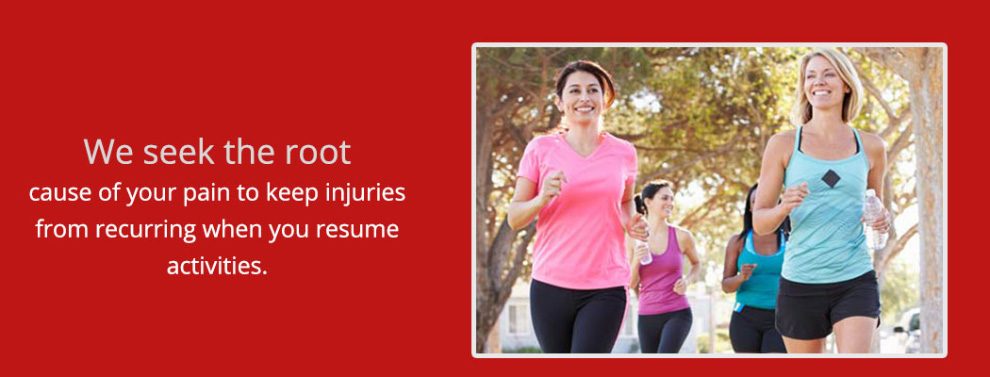Did you know you can die from a rib fracture? Broken and displaced with jagged edges, a fractured rib from chest trauma can puncture the lungs leading to multiple problems. Having more than one rib fracture increases the risk of complications (including death). And in fact, one-fourth of all deaths caused by trauma involve the chest and rib fractures.
In this review, surgeons from the University of Minnesota Hospital discuss the importance of diagnosing and treating severe rib fractures. Most patients are treated with nonsurgical care -- operative treatment of rib fractures associated with chest wall injuries is still a very controversial subject.
Because more than half of all rib fractures are missed using standard X-rays, the authors want surgeons and other physicians to know that CT scans are much more sensitive in picking up rib fractures. Identifying rib fractures is important because they can become displaced (separate and shift in position). That's when nerves, blood vessels, organs, and soft tissues can be damaged creating further problems.
An additional focus of this article is flail chest, a condition describing someone with four (or more) rib fractures in a row. To meet the criteria for a diagnosis of flail chest, each rib must be broken in at least two places. Breathing is altered such that as the person breathes in, the chest wall collapses instead of expanding. As the patient breathes out, the opposite happens: the chest wall expands instead of contracting. This breathing pattern is described as paradoxical.
Flail chest with paradoxical breathing are risk factors for loss of adequate lung function called pulmonary insufficiency. As you might imagine, the inability to breathe normally has huge consequences. These patients often end up on a mechanical ventilator (machine that breathes for them).
Most rib fractures can really be treated nonoperatively. The ribs heal on their own without being wired together (or held together with any other type of fixation device such as pins or metal plate and screws). Conservative care simplifies everything -- without the need for surgery, the risk of infection is much less and the risk of injury to the surrounding tissues is eliminated. And, of course, there's no need for another surgery later to remove the hardware holding the ribs together.
The trick with treating rib fractures conservatively is that just the act of breathing (with motion of the ribs up and down, in and out to move the chest wall) can cause the fractured pieces to displace or move apart. Even a small amount of displacement can result in malunion (bones heal but don't line up properly) or even nonunion (failure of the bones to knit back together).
Every now and then surgery is indicated for rib fractures. The usual procedure is called an open reduction and internal fixation or ORIF. The chest is opened and the ends of the displaced bones are brought together and held in place until healing occurs. There's no clear cut list of what type of patients will need operative care -- it's going to depend on the pattern of fracture, the patient's age, general health and overall medical condition, and symptoms.
For example, someone who is on a mechanical ventilator but doesn't stabilize and can't get off the assistive breathing device may need surgery. Likewise, surgery may be advised when there is evidence of paradoxical breathing in a patient who is being weaned from a mechanical ventilator. The bottom-line for scheduling surgery is that the patient is expected to live.
Severely displaced rib fractures can heal eventually without causing death. But the resulting permanent chest wall deformity may be unacceptable to the patient. In other cases, severe malunion results in difficulty breathing, pain, and/or dependence on pain killers (narcotics) that would be best treated with restorative surgery.
The surgeon who attempts to perform an open reduction and internal fixation (ORIF) on rib fractures has many challenges to face. Anatomically, the ribs are thin, narrow, and twisted. Additionally, they aren't solid bones but hollow in the middle and filled with bone marrow. There's not much for the screws to hold onto and the screws can actually cause more fractures. If a screw hits one of the nerves in between the ribs, the patient can end up with a condition of chronic pain called posthoracotomy pain syndrome.
In order to help surgeons avoid these problems, the author offers detailed instructions for preoperative planning, successful operative techniques, and best options for hardware use. Preferred patient position, location and type of incisions, muscle sparing techniques, type of drill holes, and fixation options are discussed.
There are many different systems available for fixation devices. The advantages and disadvantages are discussed. Besides metal devices, there are plates that can be absorbed by the body. Studies show that these absorbable materials are strong enough to hold the bones together even as they start to disappear. Antibiotics can be embedded in the absorbable materials to provide added protection from infection.
Finally, as the expression goes: "the proof of the pudding is in the eating". In other words, something has to be used in order to prove how good it is. Studies to show outcomes for nonoperative versus operative (surgical) care are needed.
To date, there just aren't very many long-term studies to see how patients function years after the selected treatment. Do they regain their health and ability to breathe freely and with a regular, normal pattern? Are there more long-term problems with one approach over the other? What kind of disability (if any) do these patients experience?
There simply isn't enough evidence yet to form specific surgical guidelines for the treatment of severe chest wall injuries. It does appear that surgery to stabilize flail chest in trauma patients does improve pulmonary function.
Reference: Paul M. Lafferty, MD, et al. Operative Treatment of Chest Wall Injuries: Indications, Technique, and Outcomes. In The Journal of Bone and Joint Surgery. January 2011. Vol. 93. No. 1. Pp. 97-110.
